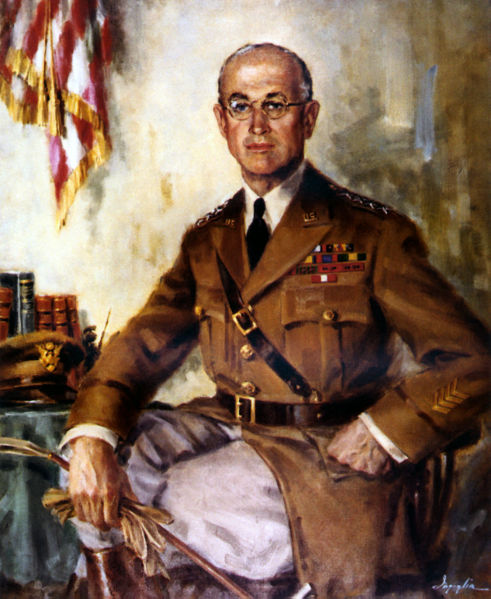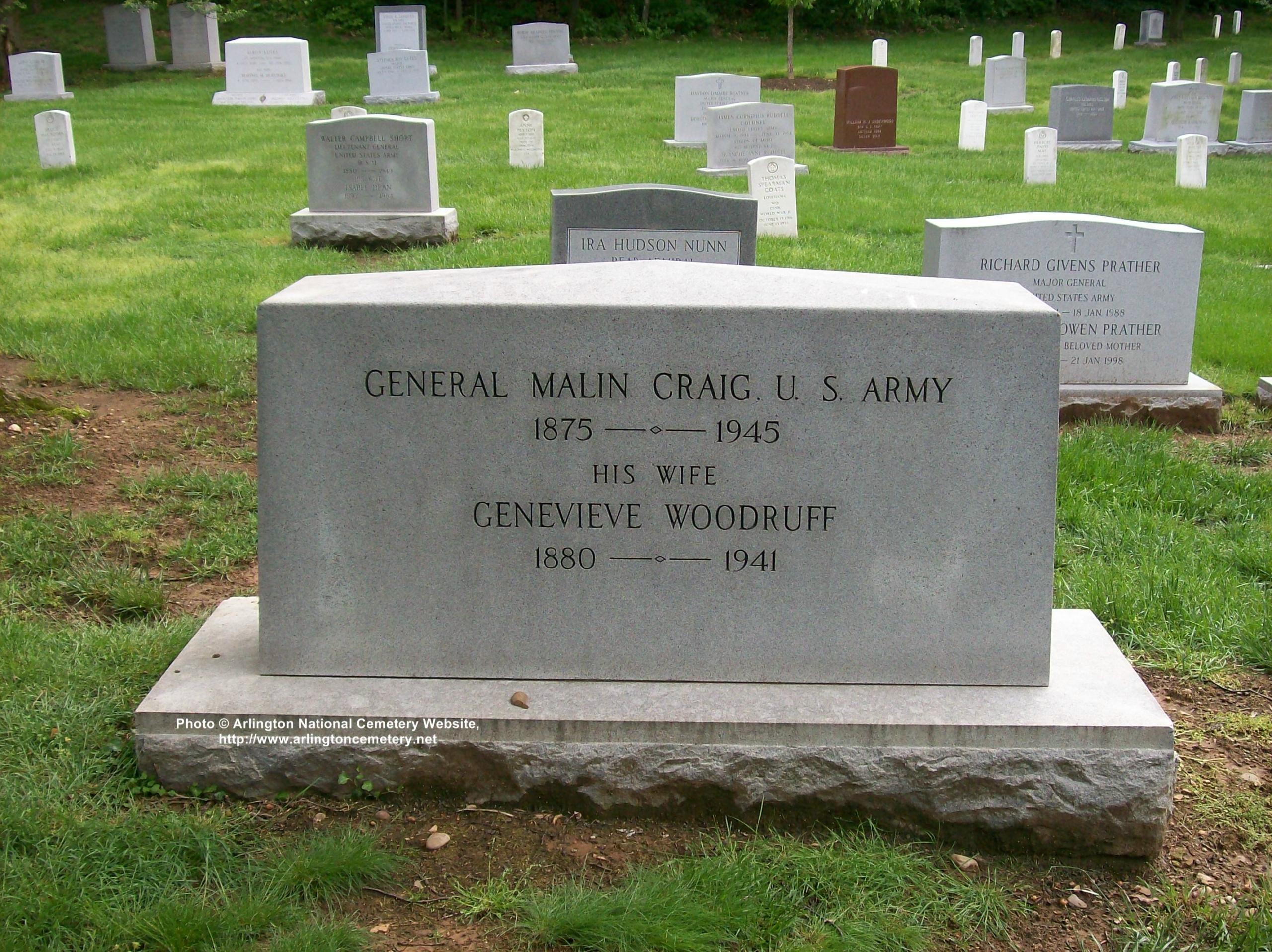Born on August 5, 1875 he was a professional army officer. He graduated from the United States Military Academy in 1898.
He went to France in World War I as General Liggett’s Chief-of-Staff in the 41st Infantry Division and accompanied him as Chief-of-Staff, I Corps where he was promoted to Brigadier General and remained until the Armistice. He then became Chief-of-Staff of the 3rd Army, where General Liggett rejoined him in May 1919. After the war ended he served at the Army War College, was Chief of Cavalry nd commanded the Panama Canal Zone and IX Corps there.
He was appointed Chief of Staff of the United States Army in 1935, succeeding General Douglas MacArthur, and relinquished the position to General George C. Marshall in his retirement in 1939.
He was recalled to active duty in September 1941. He was awarded the Distinguished Service Medal for “his personal influence, aggressiveness and untiring efforts” at Chateau-Thierry, during the St. Mihiel and Argonne-Meuse Offensives in World War I, and an Oak Leaf Cluster for his work as Army Chief of Staff where he presided over “the greatest peacetime reorientation and modernization of the Army in its history.”
He died in Washington, D.C. on July 25, 1945 and was buried among other family members in Section 30 of Arlington National Cemetery.
Former Army Chief of Staff
General Malin Craig
Funeral Without Formal Classification
26-30 July 1945
After a year’s illness General Malin Craig, who had been Chief of Staff of the Army from 1935 to 1939, died at Walter Reed General Hospital in Washington, D.C., on 25 July 1945. He had retired from the Army in 1939, but returned to active duty in September 1941 to head the War Department Personnel Board and was still on active duty at the time of his death. He would have been seventy years old on 5 August.
General Craig was entitled under Army regulations to a funeral with military honors and ceremonies befitting his rank as former Chief of Staff of the Army. These included a 17-gun salute and a funeral procession with a military escort composed of a regiment of infantry, a squadron of cavalry, and a battalion of field artillery.
Had usual procedures been followed, orders announcing the death of General Craig would have directed that these and other honors be rendered, but the general during his fatal illness had asked that his funeral be kept entirely private. Acting Secretary of War Robert P. Patterson acknowledged this request in announcing the death of the former Chief of Staff to the Army on 25 July. The “funeral will be private,” the secretary informed all major commands, “and all ceremonies and honors omitted.” Deference to General Craig’s wish was repeated in War Department General Order 61 formally announcing the general’s death on 26 July. In this order, issued in the name of the Army Chief of Staff, General of the Army George C. Marshall, who was in Europe at the time, it was announced that General Craig would be buried in Arlington National Cemetery on 30 July.
Surviving General Craig were his son, Colonel Malin Craig, Jr., and a brother, General Louis A. Craig. Colonel Craig, at the time of his father’s death, was stationed in Europe; the Army arranged to have him flown to Washington, where he arrived during the evening of 28 July. Lt. Col. H. M. Pasco, Acting Secretary of the General Staff, meanwhile offered the full assistance of the Chief of Staff’s office to the Craig family. “General Marshall,” he told the former Chief of Staff’s brother, “wanted me to put every facility at your disposal that was needed.”
Colonel F. Granville Munson, an Army officer assigned to the Chief of Staff’s office, met with Mrs. Malin Craig, Jr., to offer help in arranging the private funeral; together they drew up a list of twenty-seven honorary pallbearers. Although it was known that General Marshall, General Arnold, General Somervell, and Colonel Lee were out of the country and could not attend, their names were placed on the list. On 27 July the names were turned over to The Adjutant General, who dispatched a formal invitation to each of the following honorary pallbearers:
General of the Army George C. Marshall
Brigadier General Walter J. Reed
General of the Army Henry H. Arnold
Brigadier General Williams G. Grant
Lieuenant General Brehon B. Somervell
Major General Everett S. Hughes
Lieutenant General Thomas T. Handy
Lieutenant General Charles D. Herron
Major General Emory S. Adams
Brigadier GeneralRaymond F. Metcalfe
Lieutenant General Stanley D. Embick
Major General Joseph A. Green
Lieutenant General Ben Lear
Maor. General Kenneth T. Blood
Major General Guy V. Henry
Brigadier General Charles H. White
Colonel Charles W. Exton
Major General William Bryden
Major General Amos A. Fries
Major General Oley Danielson
Brigadier General Edwin D. Bricker
Major General Lorenzo D. Gasser
Brigadier General William E. Cole
Lieutenant General John L. DeWitt
Brigadier General Jacob C. Johnson
Colonel Carnes Lee
Brigadier General William P. Wooten
The members of the Craig family, accepting support from the Army as needed, but adhering strictly to General Craig’s desire to have a private funeral, held the service in the Fort Myer Chapel at 1400 on 30 July. Following the service, final rites were conducted in Arlington National Cemetery at a gravesite in Section 2, on the slope below the Custis-Lee Mansion.
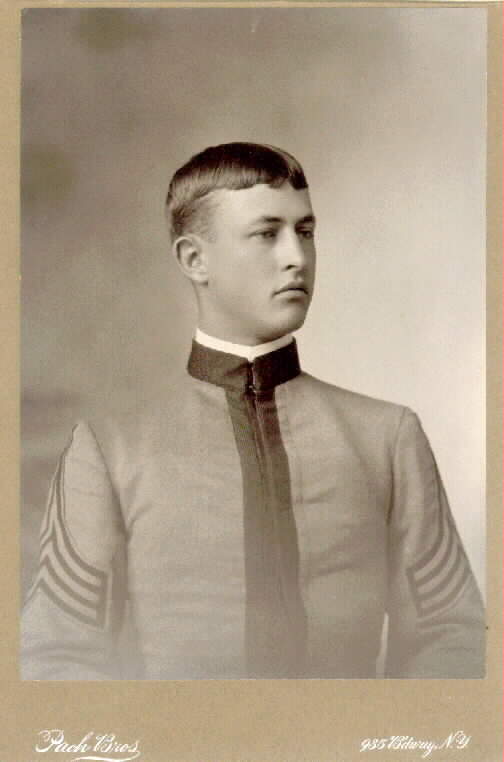
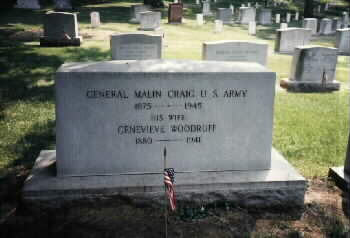
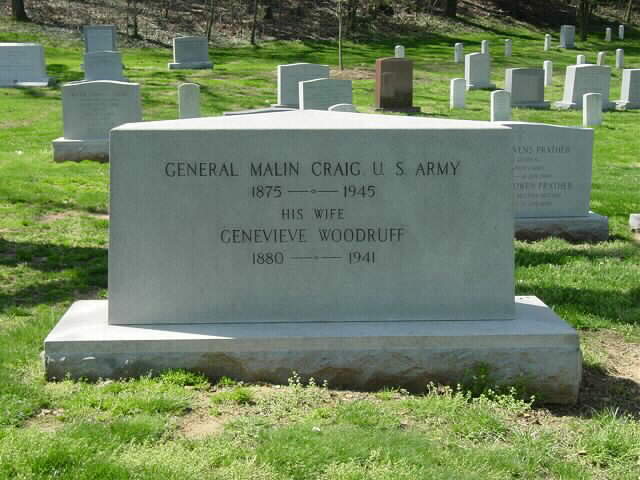
Michael Robert Patterson was born in Arlington and is the son of a former officer of the US Army. So it was no wonder that sooner or later his interests drew him to American history and especially to American military history. Many of his articles can be found on renowned portals like the New York Times, Washingtonpost or Wikipedia.
Reviewed by: Michael Howard

